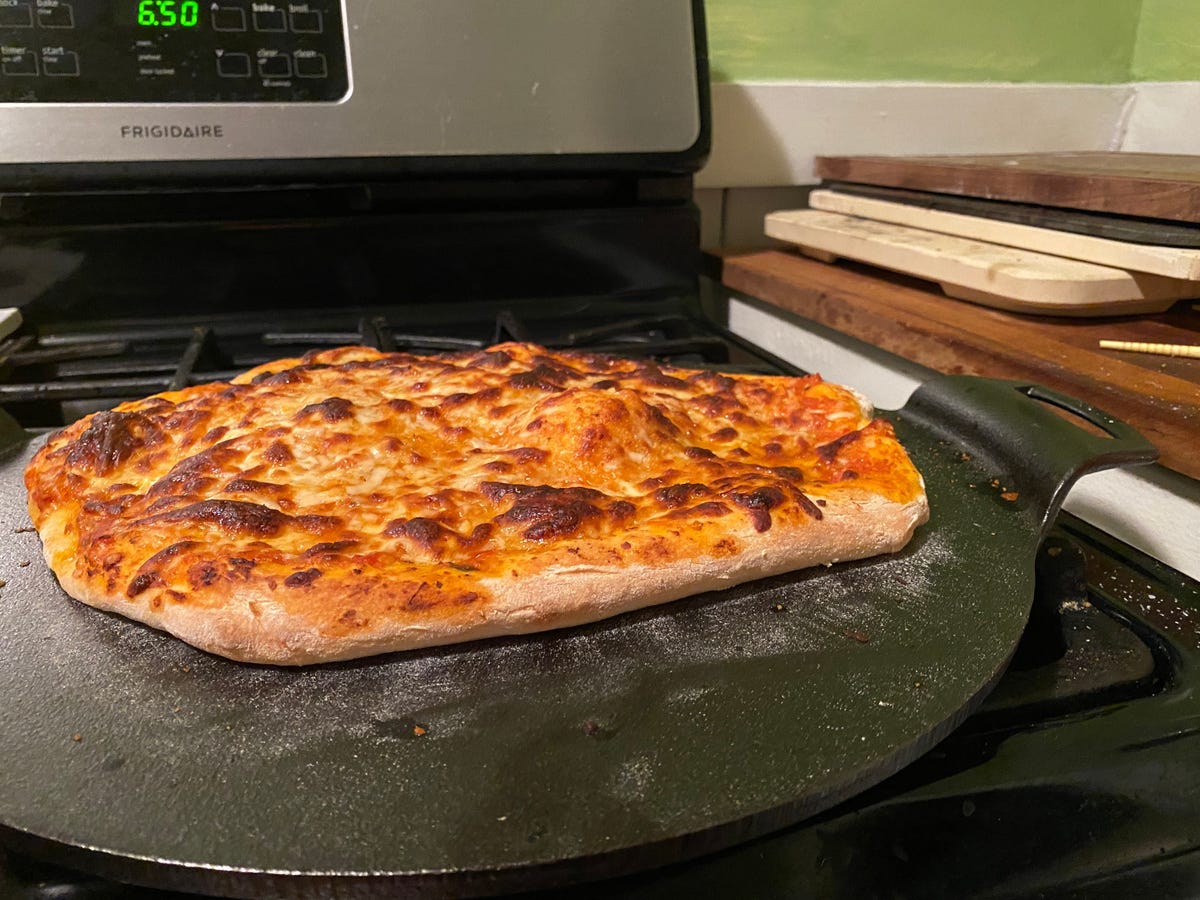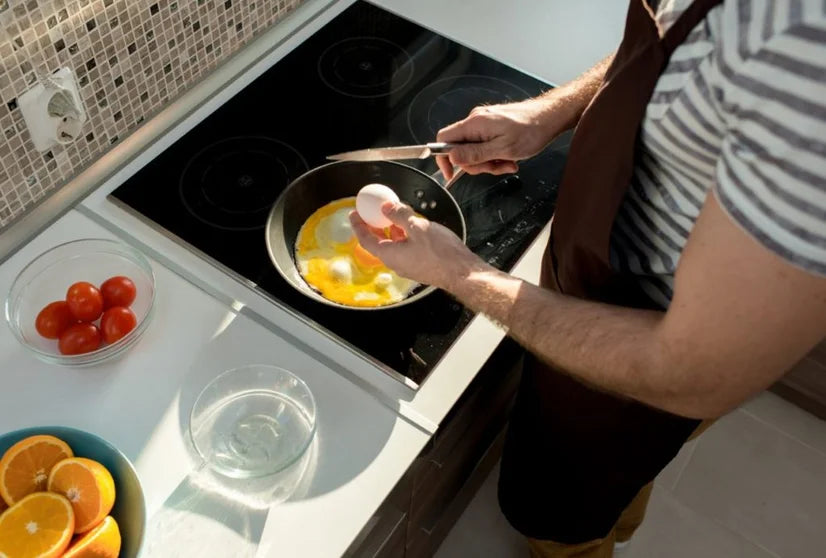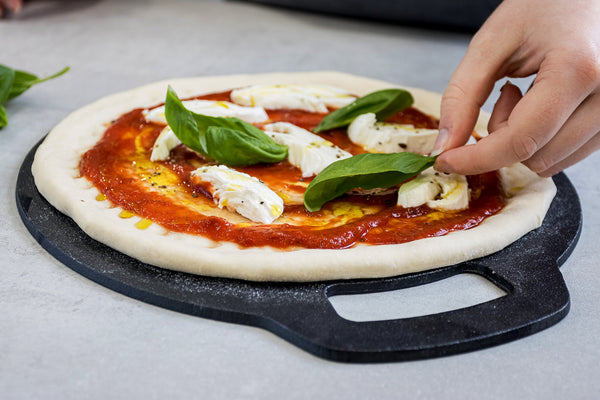Baking tortillas on a baking stone offers a delightful transformation of a traditionally cooked Mexican staple. This age-old technique elevates the craft of tortilla making, promising an exquisite texture and flavor profile that every kitchen professional strives to achieve. Whether you are an ambitious chef or run a bustling kitchen, understanding the nuances of this method is essential.
Using a baking stone is more than just a culinary tradition; it's an art form that can significantly enhance your food preparation process. The direct exposure of dough to the stone's heat mimics the natural conditions of a brick oven, resulting in perfectly crisp tortillas that retain their softness inside.
:max_bytes(150000):strip_icc()/pizza-stone-testing-winners-lodge-pre-seasoned-cast-iron-baking-pan-wdickey-3-07-4acd6ee95c134013907ffa659ffb212d.jpeg)
Why Use a Baking Stone?
The concept of baking with stones is not new. It taps into ancient cooking methods where stones were used to evenly distribute heat. A baking stone absorbs heat and then radiates it evenly across its surface, ensuring consistent and controlled cooking. This eliminates cold spots, one of the common issues faced when using metal baking sheets.
For tortillas, this means achieving the perfect balance between crispness and chewiness. Baking tortillas on these stones brings a distinct, artisanal quality to the dish, setting it apart from those cooked on traditional metal surfaces. This article from The Fresh Loaf delves deep into the benefits of using a baking stone.
Prepping Your Baking Stone
Before diving into the actual process, it's crucial to prepare your baking stone properly. Start by placing your stone in a cold oven. Preheat the oven with the stone inside to eliminate the risk of cracking due to sudden temperature changes. This step ensures your stone is evenly heated and ready for baking.
Beginners Guide to Baking with Stones offers comprehensive tips for maintaining and prepping your baking stone, ensuring longevity and effectiveness.
The Perfect Tortilla Dough
Understanding the right ingredients and proportions can make a significant difference. A basic tortilla dough comprises flour, salt, lard or vegetable shortening, and water. Knead the dough until it reaches a smooth consistency, then let it rest. This allows the gluten to relax, ensuring that your tortillas are soft and pliable once baked.
When crafting dough, always consider the characteristics of your baking stone and how it impacts the baking process. Keeping this in mind will help you make necessary adjustments to your recipe for optimal results.
Rolling Techniques for Even Cooking
Professional chefs know the importance of uniformity. When baking tortillas on a baking stone, the thickness of the dough should be consistent. Use a rolling pin to flatten each piece of dough evenly, ensuring they bake consistently and evenly, and turn out uniformly golden brown.
If you're curious about stepping up your stone-baking skills, this article on cinnamon rolls shows how rolling techniques impact baking results.
Baking Process for Tortillas
Once your dough is ready and your stone is preheated, it's finally time to bake. Lay the dough onto the hot stone, where it will instantly start to bubble and rise. This immediate heat exposure is what sets baking tortillas on a baking stone apart from other methods. Depending on the thickness, tortillas typically take about 1-2 minutes on each side.
For an in-depth look into using baking stones effectively, consider exploring this comprehensive guide on using a baking stone.
Tasting and Presentation
Once removed from the baking stone, allow tortillas to rest slightly before serving. This cool-down period ensures any residual heat continues to cook them slightly, perfecting their texture. Present tortillas stacked, enveloped in a clean kitchen towel to keep them warm and ready for serving.
Being proficient with stone-baked goods doesn't stop at tortillas. Explore flatbread baking to transform your kitchen into a hub of delightful aromas and textured treats.

Frequently Asked Questions
What makes baking on stones different from metal pans?
The difference lies in heat distribution. Stones provide even heating, erasing cold spots and promoting uniform cooking, while metal pans can result in unevenly baked goods.
How do I maintain my baking stone?
Routine cleaning with water and a brush, avoiding soap, keeps your stone in top condition. Over time, stones develop a naturally non-stick surface, further enhancing your baking results. More on this is discussed in our guide to maintaining kitchen gear.
Can any baking stone be used in normal domestic ovens?
Yes, most baking stones are designed for standard ovens. Always gradually heat the stone with your oven to prevent thermal shock and potential cracking.
This article contains affiliate links. We may earn a commission at no extra cost to you.






Leave a comment
This site is protected by hCaptcha and the hCaptcha Privacy Policy and Terms of Service apply.